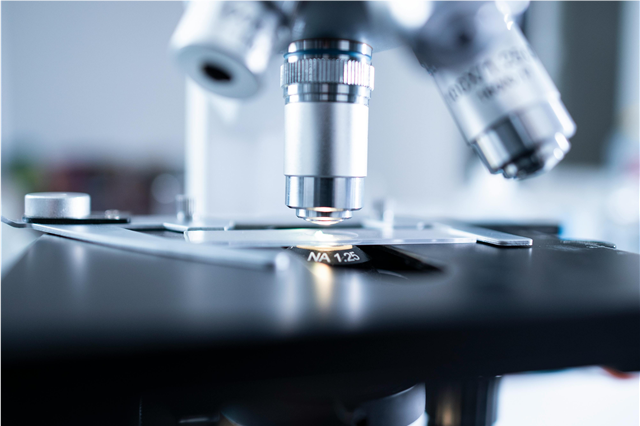
How does laboratory equipment assist in microbiology and bacteriology studies?
Microbiology and bacteriology are fascinating fields that unlock the secrets of the microscopic world, but they wouldn't be possible without sophisticated laboratory equipment. These tiny organisms, invisible to the naked eye, require specialized tools to study, identify, and understand their behavior patterns.
The Microscopic Window: Essential Equipment for Seeing the Invisible
Microscopes - The Eyes of Microbiology
Did you know that a single drop of seawater can contain over 1 million bacteria? Without microscopes, these bustling microbial communities would remain forever hidden. Modern laboratory microscopes can magnify objects up to 1,000 times their original size, revealing the intricate structures of bacteria, viruses, and other microorganisms.
Compound microscopes equipped with oil immersion lenses can achieve resolutions as fine as 0.2 micrometers, allowing scientists to distinguish individual bacterial cells and observe cellular processes in real-time. Advanced fluorescence microscopes use colored dyes to highlight specific cellular components, making it possible to watch DNA replication or protein synthesis occur.
Incubators - Creating Perfect Microbial Homes
Temperature-controlled incubators maintain precise environmental conditions, typically between 35-37°C (95-98.6°F), which mimics the human body temperature where many disease-causing bacteria thrive. These controlled environments allow microbiologists to culture bacteria efficiently, with some fast-growing species like E. coli doubling their population every 20 minutes under optimal conditions.
Modern incubators can hold hundreds of culture plates simultaneously, enabling researchers to test multiple variables or study numerous samples at once. Some advanced models even feature atmospheric control, allowing scientists to create anaerobic (oxygen-free) conditions necessary for studying bacteria that cannot survive in the presence of oxygen.
Culturing and Growing: The Foundation of Microbial Research
Autoclaves - Ensuring Sterility in Every Experiment
Before any microbiology experiment begins, sterilization is absolutely crucial. Autoclaves use pressurized steam at 121°C (250°F) for 15-20 minutes to eliminate all forms of microbial life, including highly resistant bacterial spores. This process kills 99.9999% of microorganisms, ensuring that laboratory results aren't contaminated by unwanted bacteria or fungi.
The importance of this equipment cannot be overstated – one contaminated culture plate can ruin weeks of research and potentially lead to incorrect conclusions about bacterial behavior or antibiotic resistance.
Laminar Flow Hoods - Creating Clean Work Environments
These specialized workstations use HEPA filters to create sterile airflow, protecting both researchers and samples from contamination. The airflow moves at speeds of 0.3-0.5 meters per second, creating a barrier that prevents airborne particles from settling on culture media or experimental samples.
Analysis and Identification: Advanced Equipment for Precise Results
PCR Machines - Copying DNA Millions of Times
Polymerase Chain Reaction (PCR) machines can amplify a single strand of bacterial DNA into millions of copies within just a few hours. This revolutionary technology enables scientists to identify bacterial species from incredibly small samples – sometimes as little as a single bacterial cell.
Modern PCR equipment can detect bacterial DNA within 2-3 hours, compared to traditional culturing methods that could take 24-48 hours. This speed is crucial in medical diagnostics, where rapid identification of pathogenic bacteria can save lives.
Spectrophotometers - Measuring Bacterial Populations
These instruments measure the optical density of bacterial cultures, allowing scientists to quantify bacterial growth without having to count individual cells. A typical bacterial culture can reach concentrations of 10^9 cells per milliliter – that's 1 billion bacteria in just one teaspoon of liquid!
Advanced spectrophotometers can monitor bacterial growth in real-time, creating detailed growth curves that reveal important information about bacterial metabolism, antibiotic sensitivity, and optimal growth conditions.
Specialized Equipment for Targeted Research
Centrifuges - Separating the Microscopic World
High-speed centrifuges can spin samples at speeds exceeding 100,000 rotations per minute, generating forces 500,000 times stronger than Earth's gravity. This powerful separation technique allows scientists to isolate bacterial components, purify proteins, or concentrate bacterial samples for further analysis.
Some ultracentrifuges can even separate different types of bacterial molecules based on their density differences as small as 0.001 grams per cubic centimeter – an incredibly precise level of separation.
Gel Electrophoresis Equipment - DNA and Protein Analysis
This technique separates DNA fragments or proteins based on their size and electrical charge, creating unique "fingerprints" for bacterial identification. The process can resolve DNA fragments that differ in length by just one base pair – equivalent to finding the difference between two nearly identical sentences that vary by a single letter.
Automation and Innovation in Modern Labs
Automated Liquid Handling Systems
Modern laboratories employ robotic pipetting systems that can perform thousands of precise liquid transfers per day with accuracy measured in microliters. These systems reduce human error and increase throughput, allowing researchers to process large numbers of samples simultaneously.
Some automated systems can prepare 96-well plates in minutes – a task that would take human technicians several hours to complete manually.
Mass Spectrometers - Identifying Molecular Fingerprints
Matrix-Assisted Laser Desorption Ionization Time-of-Flight (MALDI-TOF) mass spectrometers can identify bacteria by analyzing their unique protein profiles. This technique can identify bacteria to the species level within minutes, compared to traditional methods that required days of analysis.
These instruments can detect differences in molecular weight as small as one atomic mass unit, enabling incredibly precise identification of bacterial components and metabolites.
The Impact: From Laboratory Discovery to Real-World Applications
Laboratory equipment in microbiology and bacteriology studies has revolutionized our understanding of infectious diseases, leading to breakthroughs in:
- Antibiotic Development: Equipment that tests bacterial sensitivity helps develop targeted treatments
- Vaccine Creation: Culturing systems allow for safe attenuation of disease-causing bacteria
- Food Safety: Rapid detection equipment identifies harmful bacteria in food products within hours
- Environmental Monitoring: Specialized equipment detects water and soil contamination by harmful microorganisms
Conclusion
The sophisticated laboratory equipment used in microbiology and bacteriology transforms these microscopic organisms from invisible mysteries into well-understood scientific subjects. From the basic compound microscope that first revealed the microbial world to advanced automated DNA sequencers that can identify bacterial species in minutes, equipment innovation continues to drive scientific discovery.
Each piece of equipment plays a crucial role in the complex process of studying microorganisms, from initial observation and cultivation to detailed analysis and identification. As technology continues to advance, laboratory equipment becomes increasingly sophisticated, allowing scientists to explore the microbial world with greater precision and efficiency than ever before.
The next time you benefit from antibiotics, vaccines, or even clean drinking water, remember that these life-saving advances were made possible through the careful work of microbiologists using their essential laboratory equipment to unlock the secrets of the microscopic world around us.
Keywords: laboratory equipment, microbiology studies, bacteriology research, microbiology instruments, bacterial analysis, microbiology tools, laboratory automation, bacterial identification, culturing equipment, microbiology technology


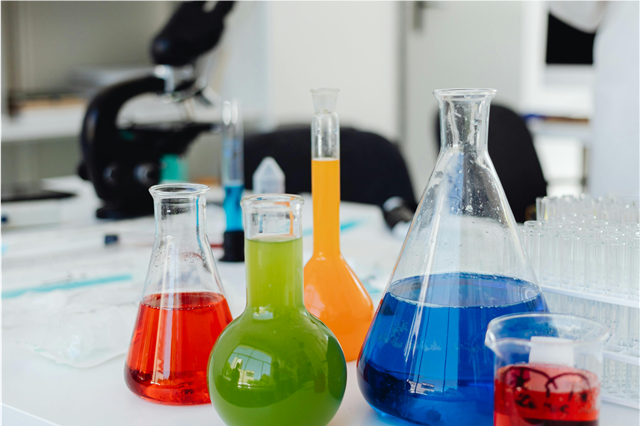
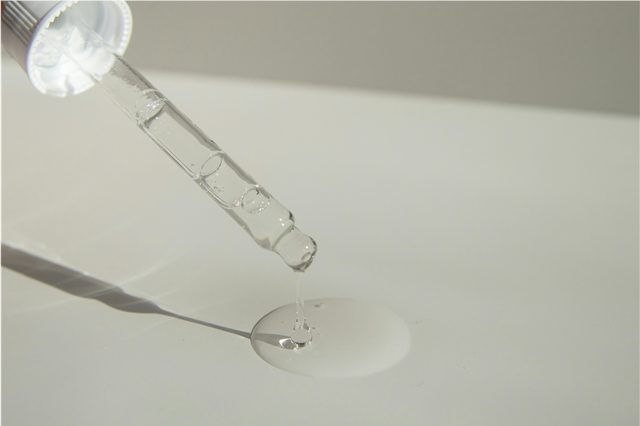
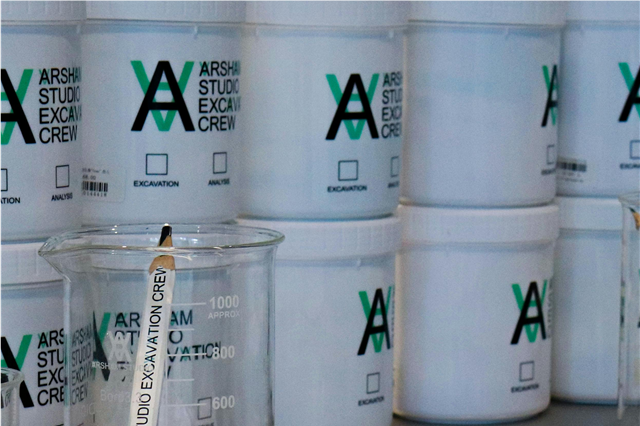
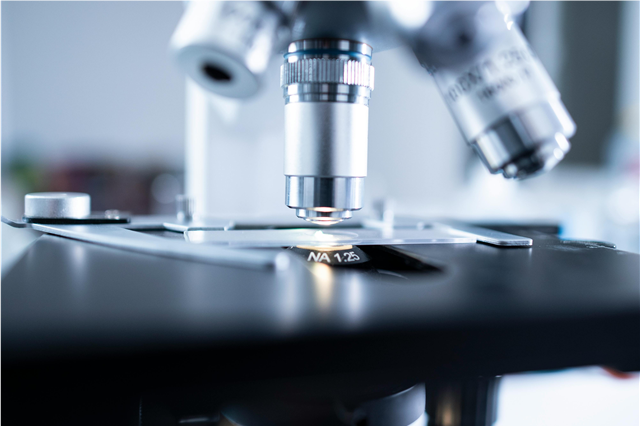
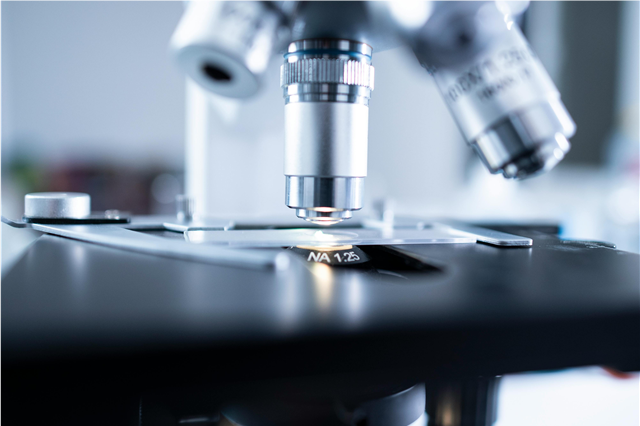
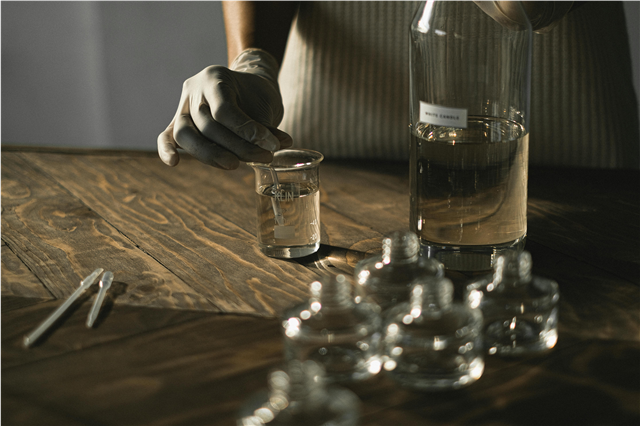







Post Comment